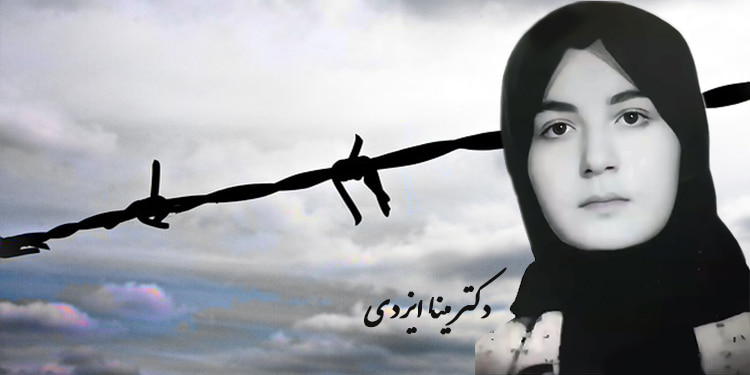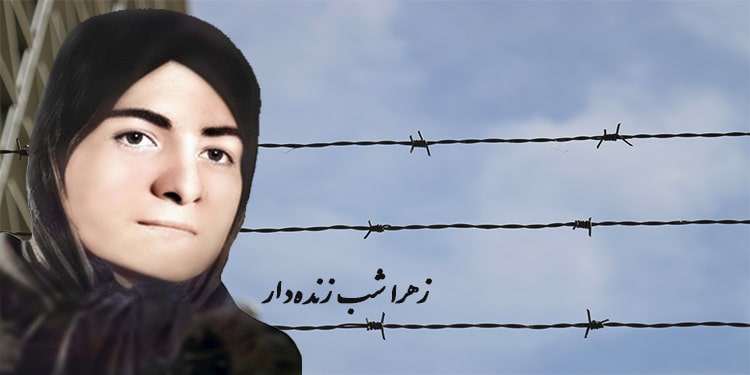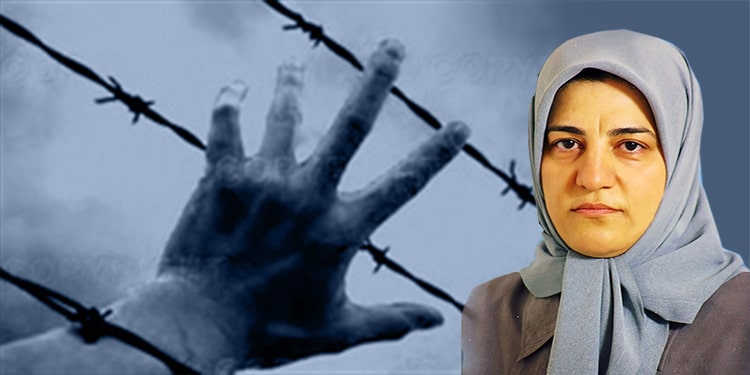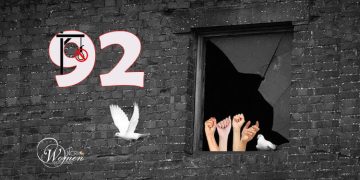From the memoir by Hengameh Haj Hassan – Part 9
Face to Face with the Beast ⚠️ Content Warning: This section contains descriptions of torture, violence, and executions in prison.
In the previous part of Face to Face with the Beast, we read about the resistance of elderly mothers imprisoned under the clerical regime. In this installment, Hengameh Haj Hassan continues with memories of prison and the endurance of women in captivity.
The Quota of Lashes
In our room there were women who had a nightly “quota.” That meant every night they were taken for interrogation, beaten with cables, and returned near dawn with swollen, bleeding feet. The rest of us would massage their legs in shifts throughout the day to reduce the pain and swelling—so that when their turn came again, the suffering might be slightly less, and their bodies would not break down too quickly.
This nightly quota of lashes was one of the cruelest methods of torture. Because it never seemed to end: every single day you had to endure a set number of lashes. The pain was unbearable when each new round landed on top of the wounds from the day before. It demanded the endurance of a mountain.

Among those in our ward who endured this punishment were Mina Izadi and Zahra Shabzendedar. I never knew why they were singled out, but the decision had been made: every night, they would be tortured.
Mina was a young woman, of medium height, with light brown hair and a freckled face. Despite her nightly quota of lashes, she was always laughing, joking with the others, refusing to let her suffering cast a shadow over us.
Zahra was a university student and deeply resilient. Once, as she hobbled around the small courtyard to ease the swelling in her legs and prepare for the next round of cable beatings, she said:

“This interrogator is a fool, truly a fool. He thinks he can force us, with cables, to deny what we are certain of, to say ‘no’ to the truth. He will never understand that this is impossible. He is condemned to live forever in ignorance. That is why I call him a fool—and I think the regime deliberately looks for people like him. Such fools must be rare.”
When the first Ramadan[1] in prison arrived, we hoped Mina and Zahra’s nightly quota of lashes might be suspended. But it wasn’t. Clearly, we still didn’t understand what religion meant to Khomeini and his henchmen. Their version of faith had no connection to mercy or compassion. For them, religion only served as a vehicle for hatred and cruelty, a justification for deeper torment.
So it was that Mina and Zahra were summoned at iftar[2]—just as they were about to break their fast after a day without food or water—and only returned at sahar[3], before dawn. We waited anxiously each night, hoping they might come back in time for the pre-dawn meal. They would return with swollen feet, sunken eyes, parched lips, and pale faces, often too exhausted even to eat. Wherever they sat, they would instantly fall asleep from sheer exhaustion.
Mina was executed in 1981. Zahra was killed during the mass executions of 1988.[4]
[1] Ramadan – The Islamic holy month of fasting from sunrise to sunset.
[2] Iftar – The meal at sunset that breaks the daily fast during Ramadan.
[3] Sahar – The pre-dawn meal before a new day’s fasting begins
[4] 1988 Massacre – A mass execution of tens of thousands of political prisoners in Iran during the summer of 1988, ordered by the clerical regime’s supreme leader, Khomeini.
























